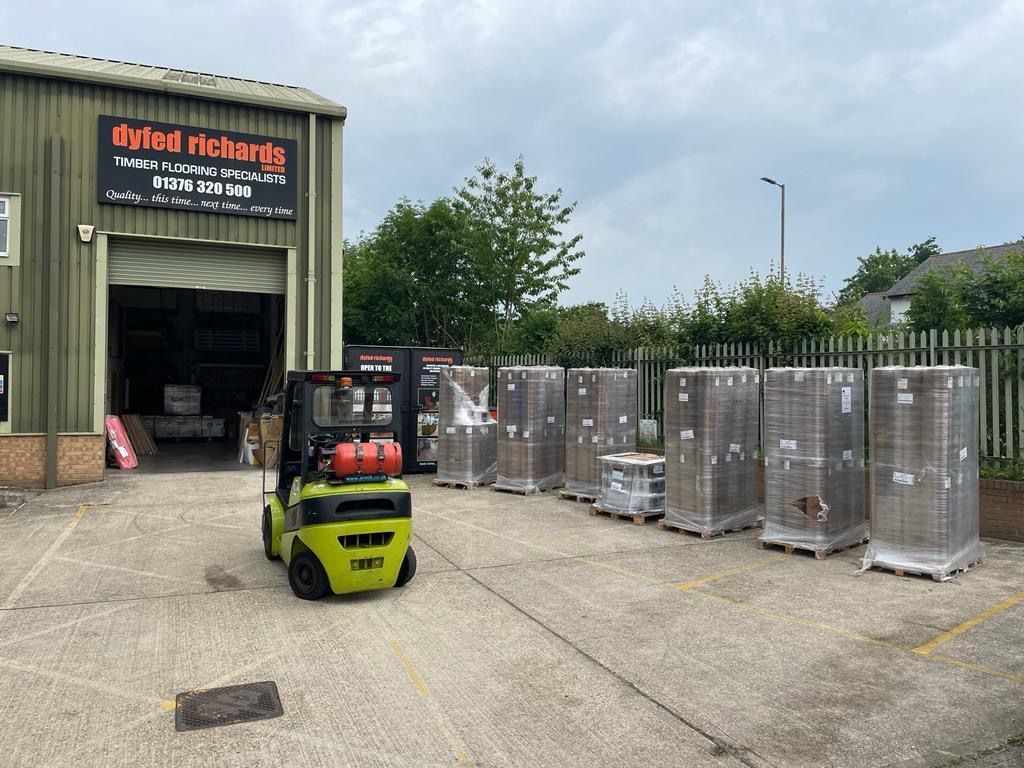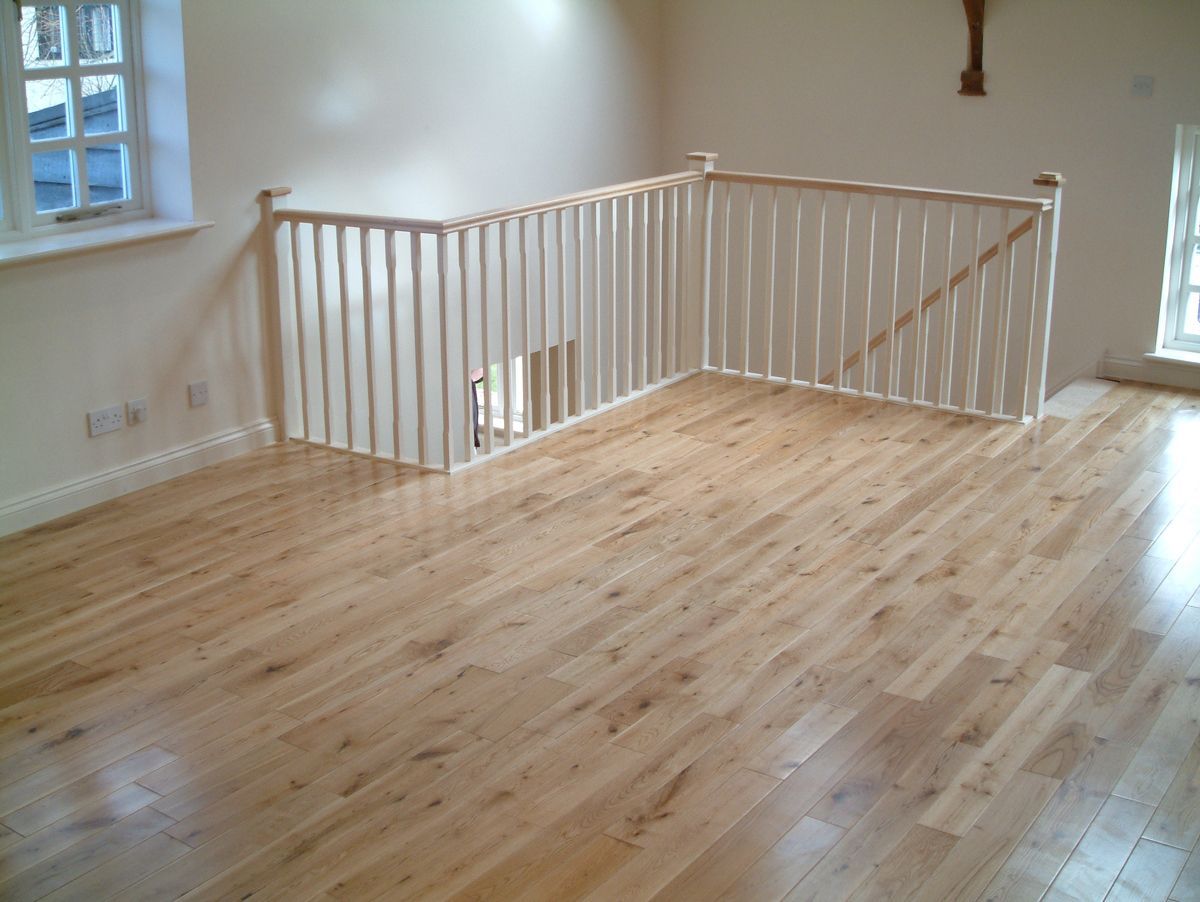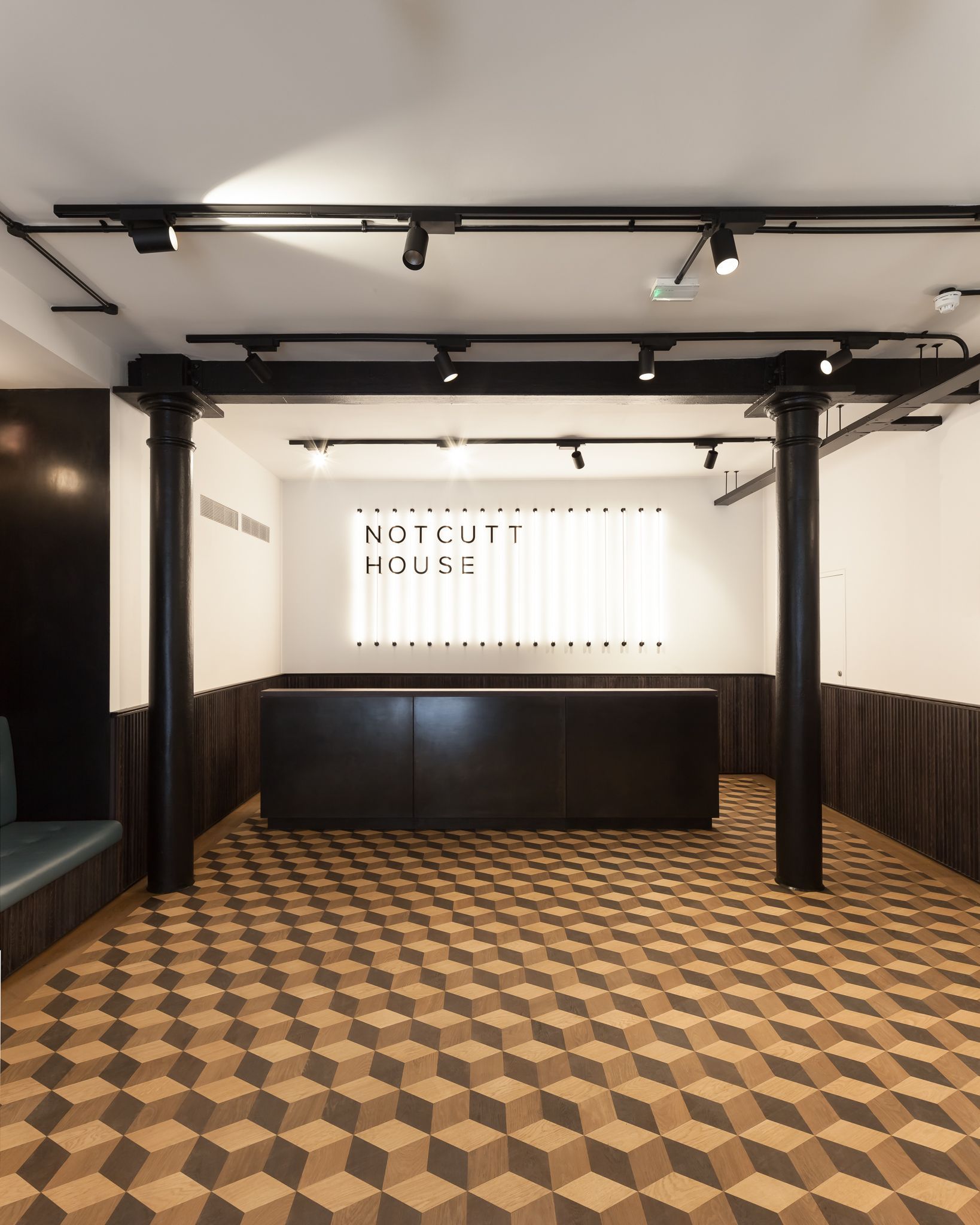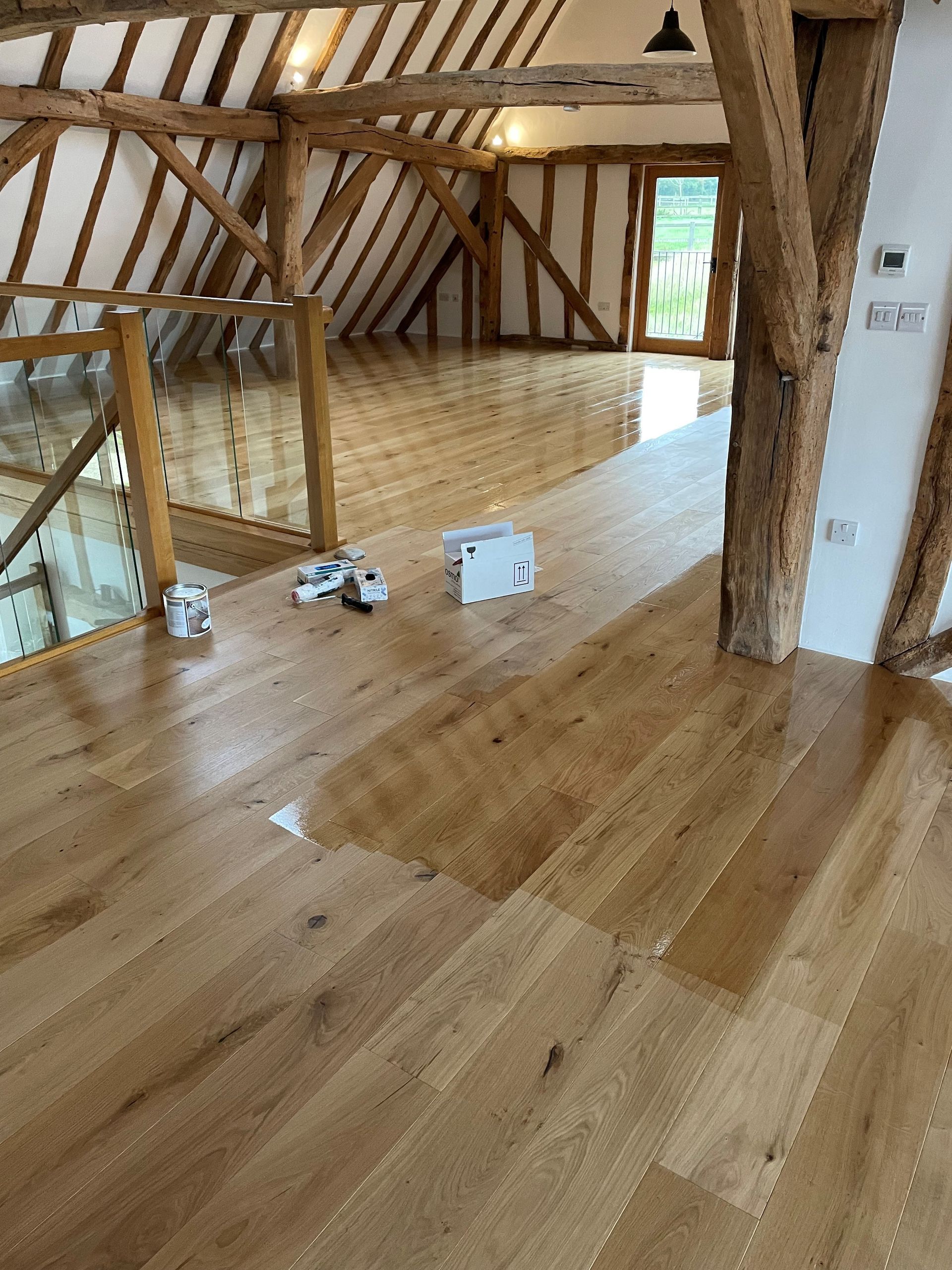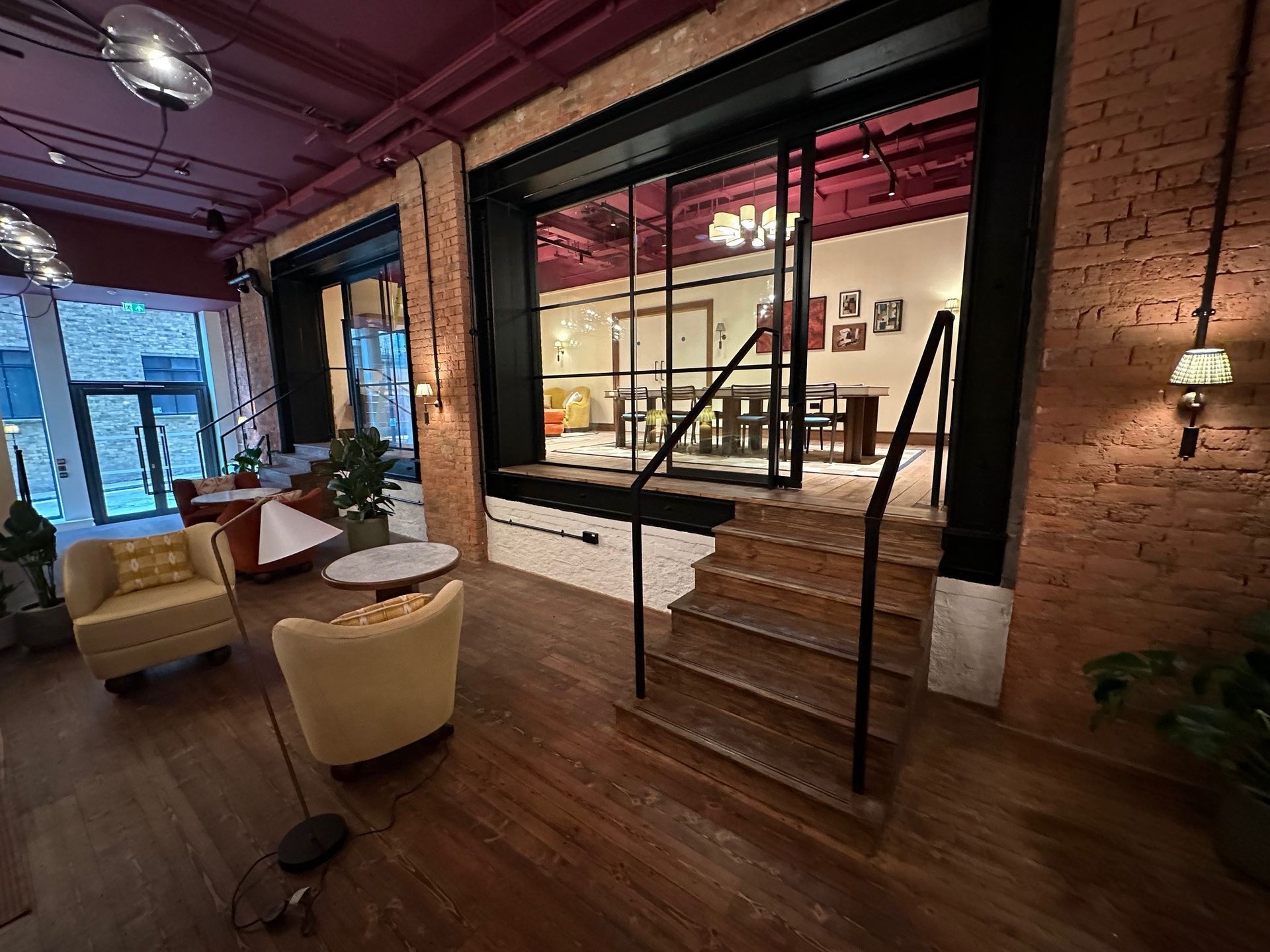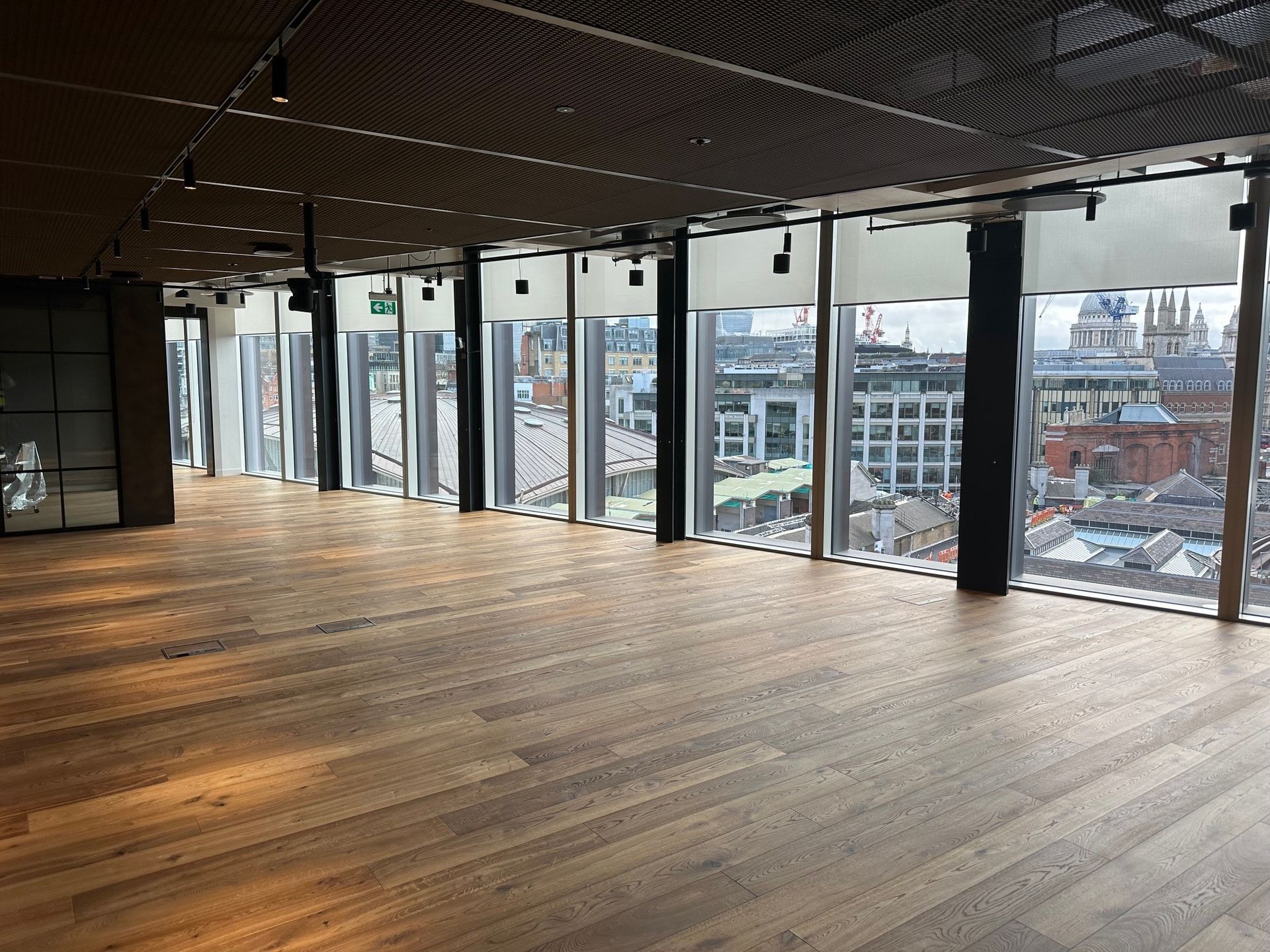The Role of Moisture Content in Timber Flooring Installation
The Impact of Humidity and Moisture on Wooden Floor Performance
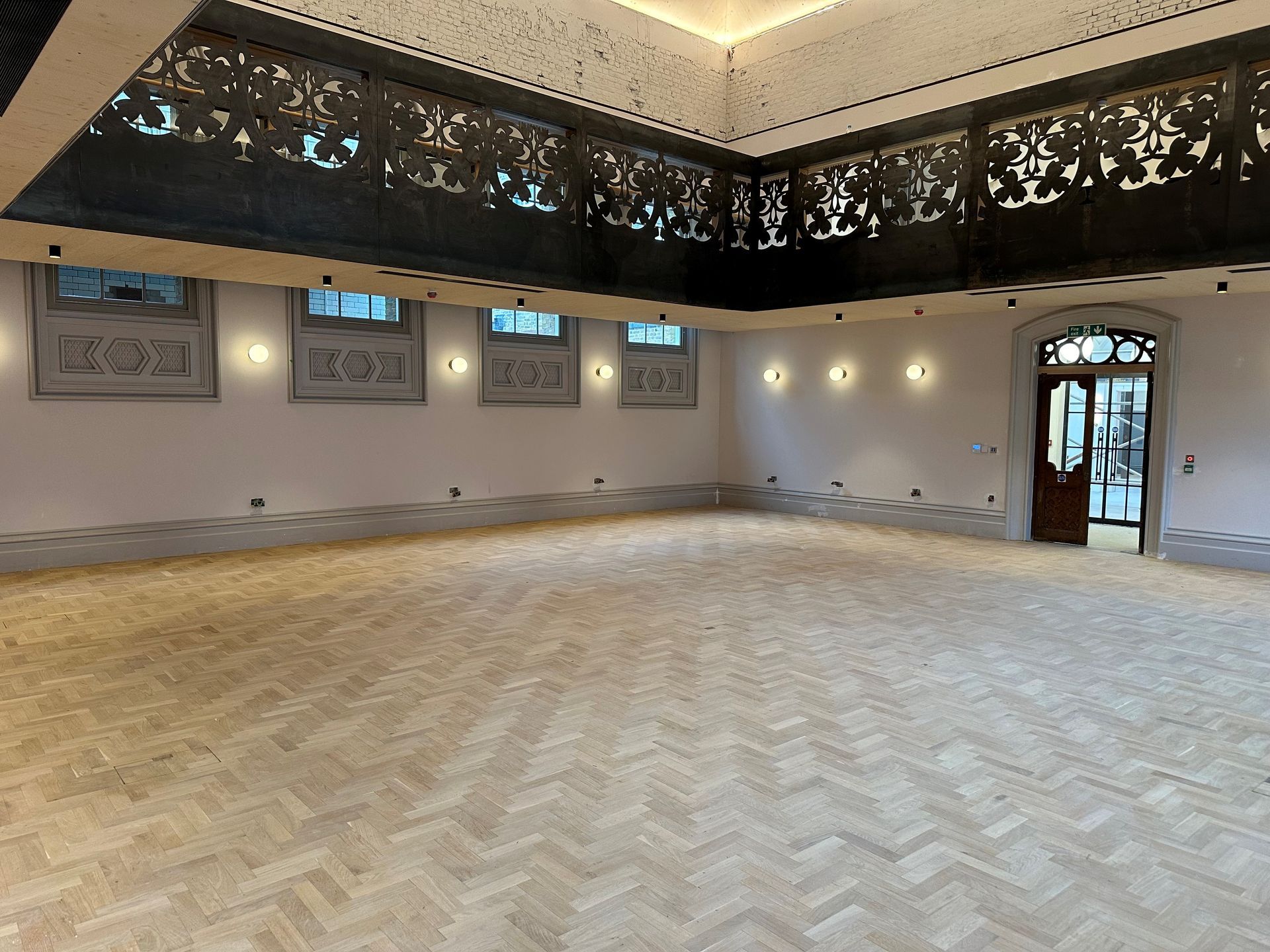
Timber flooring is a premium choice that brings warmth, style and longevity to both residential and commercial spaces. However, one of the most critical yet often overlooked aspects of timber floor installation is moisture content. Understanding how moisture interacts with wooden floors can mean the difference between a stable surface and a floor that buckles, cups or gaps over time.
In this blog, we explore the importance of moisture content in timber flooring, why it matters during installation and how proper preparation can prevent future problems.
Why Moisture Content Matters in Timber Flooring
Timber is a natural material that responds to environmental changes, particularly fluctuations in moisture and humidity. As wood absorbs moisture from the air, it expands. When it loses moisture, it contracts. These natural movements can lead to structural issues if not properly managed during the installation process.
If timber is installed without accounting for moisture levels in the subfloor and surrounding environment, it may shift dramatically after installation. The result can be warped boards, uneven surfaces and visible gaps. For this reason, moisture content should never be treated as an afterthought.
Ideal Moisture Levels for Timber Flooring
Before installation, timber must be brought to a moisture content that is compatible with the environment in which it will be laid. In the UK, this typically ranges between 8% and 11% for interior flooring, depending on the local climate and heating conditions.
Both the timber and the subfloor must be tested to ensure compatibility. Excessive moisture in either component can disrupt the balance and cause long term damage.
Acclimatisation: Allowing Timber to Settle
One of the most important steps before installing wooden flooring is acclimatisation. This process involves leaving the timber boards in the installation environment for a set period, usually between 7 and 14 days. The goal is to allow the wood to adjust to the room’s temperature and humidity levels.
During acclimatisation:
- The timber should be stored in the room where it will be installed
- Packs should be opened or unwrapped to allow air circulation
- The room’s environmental controls (heating or ventilation) should be running as they would be during regular use
Failing to acclimatise the boards can result in post installation movement, leading to expansion or shrinkage that could compromise the floor’s structural integrity.
Subfloor Moisture and Its Consequences
The condition of the subfloor plays a vital role in the performance of a timber floor. Whether concrete or wood, the subfloor must be dry and stable before any planks are installed.
In particular, concrete subfloors require careful attention. Fresh concrete can take up to several months to fully dry. A moisture test using a hygrometer or similar tool is essential to determine if the subfloor is ready. If timber is laid over a damp subfloor, the trapped moisture can migrate upwards and cause the boards to swell or buckle.
To mitigate risk, installers may use a damp proof membrane or moisture barrier. This acts as a layer of protection between the timber and subfloor, particularly in areas with higher humidity or in new builds where residual moisture is more common.
Environmental Conditions During and After Installation
The indoor environment must be stable not only during installation but also afterward. Changes in humidity and temperature can still affect the timber over time. This is particularly important in buildings with underfloor heating systems, where extreme or sudden changes in temperature can dry out the wood too quickly and lead to cracking.
Maintaining a consistent environment with relative humidity between 40% and 60% helps preserve the integrity of timber flooring. The use of humidifiers or dehumidifiers may be necessary in extreme conditions or in buildings that experience wide seasonal shifts.
Common Moisture Related Flooring Issues
Incorrect moisture management during installation can lead to several issues:
- Cupping: The edges of the boards rise higher than the centre, usually due to excess moisture on the underside of the timber
- Crowning: The centre of the board bulges upward, typically following over drying after previous moisture damage
- Gapping: Spaces form between boards as timber contracts from low humidity
- Buckling: Severe warping that lifts boards off the subfloor, often caused by substantial water ingress or extreme humidity
Preventing these problems requires careful planning and environmental assessment before installation begins.
Conclusion
Moisture content plays a pivotal role in the success of any timber flooring installation. From acclimatisation and subfloor testing to environmental control and long term maintenance, every stage must account for how wood reacts to moisture. When managed correctly, these factors contribute to a stable, long lasting floor that retains its appearance and structural integrity over time.
By understanding and controlling the variables that affect moisture levels, both installers and property owners can protect their investment in high quality timber flooring.

